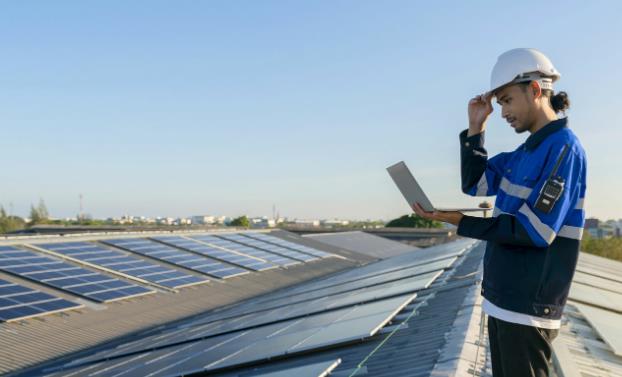Does Artificial Light Have the Capacity to Charge Solar Panels?
The question of whether artificial light can effectively charge solar panels is one that arises frequently, particularly in scenarios where natural sunlight may not be readily available. Let's delve into this topic and explore the potential of artificial light in charging solar panels.

Understanding the Charging Dynamics
Solar panels operate by converting light energy into electricity through the photovoltaic effect. When photons from light sources strike the surface of photovoltaic cells within the solar panel, they create an electric current, which charges connected batteries or powers electrical devices.
Assessing the Potential of Artificial Light
Artificial light sources such as LEDs and fluorescent lights can indeed charge solar panels, albeit with certain considerations. While these light sources emit light in a spectrum that is conducive to solar panel operation, they often provide lower intensity compared to natural sunlight. As a result, the charging capacity of solar panels under artificial light may be reduced compared to direct sunlight exposure.
Optimizing Charging Conditions
To maximize the charging efficiency of solar panels using artificial light, it's crucial to ensure optimal conditions. This includes selecting appropriate light sources with sufficient intensity and duration, as well as positioning the solar panels to receive the maximum amount of light. LED lights, known for their energy efficiency, are particularly suitable for charging solar panels in indoor environments.
Practical Applications and Benefits
Despite potential limitations, artificial light charging offers practical solutions for various applications. Indoor environments such as homes, offices, and warehouses can benefit from solar panel systems integrated with artificial light sources. These setups provide sustainable energy solutions and reduce reliance on traditional power grids, especially in areas with limited access to natural sunlight.
Continued Technological Advancements
Advancements in LED technology and spectral tuning are continually improving the compatibility and performance of solar panels under artificial light conditions. Ongoing research and development efforts aim to optimize artificial light sources for maximum charging efficiency, further expanding the potential applications of this technology.
Exploring the Capacity of Artificial Light
In conclusion, while artificial light may not match the charging capacity of natural sunlight, it does have the potential to effectively charge solar panels under suitable conditions. As technology continues to evolve, the effectiveness of artificial light charging is expected to improve, unlocking new possibilities for sustainable energy generation. To learn more about the capacity of artificial light to charge solar panels, visit does artificial light charge solar panels.